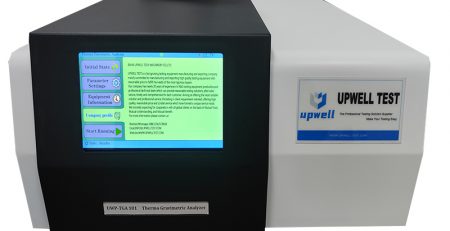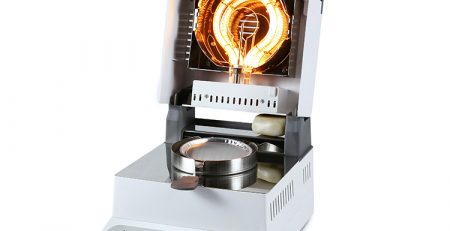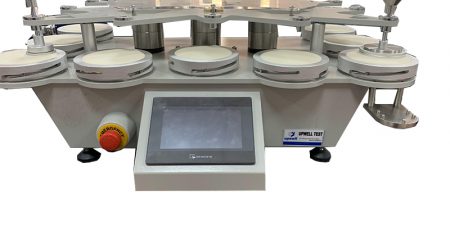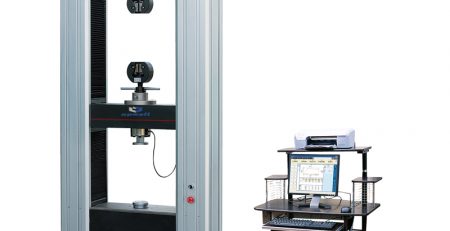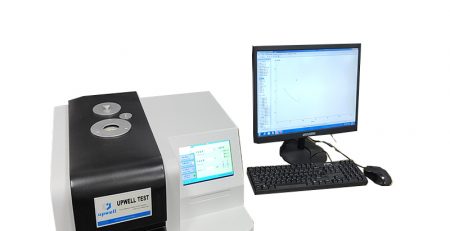A common transient interference in electrical and electromechanical equipment, namely EFT, is generated by inductive devices such as relays, motors, and transformers. Generally speaking, these devices form part of the system, so interference is often generated inside the system. Designers should pay enough attention to this.
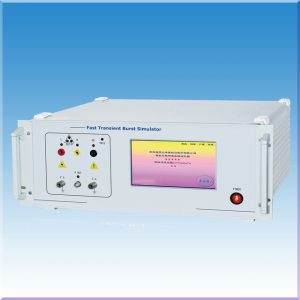
There are two mechanisms by which the switch contacts are broken down and turned on (blue light can be seen): glow discharge and arc discharge.
- Glow discharge
When the intensity of the electric field applied to the gas is strong, the free electrons or ions in the gas will gain enough energy to collide with other atoms or molecules to generate more free electrons and ions to form a conductive gas. This state is called gas ionization . When the gas between the contacts is ionized, a self-sustaining glow discharge is generated.
The voltage that can cause gas ionization is called the ignition voltage. The ignition voltage is related to the gas type, gas pressure and the distance between the contacts. After the gas is ionized, only a lower voltage is required to maintain its ionized state. This sustain voltage has nothing to do with the distance of the contacts. It is about 300V in air. In addition, in order to maintain conduction, a minimum current is required, usually several mA.
- Arc discharge
The electrons in the metal are in a free state, and some of the electrons have a speed high enough to leave the metal surface. Normally, they are quickly pulled back to the metal surface. But if there is an external electric field that can overcome the force of pulling back electrons, the electrons become free electrons in space. Under the action of an external electric field, electrons are emitted from the cathode to the anode. Due to the large local current, the local temperature of the contact is very high, which may vaporize the metal and form a metal gas bridge, which is the glow discharge.
Once the metal gas bridge is formed and glow discharge occurs, as long as the external voltage can overcome the cathode potential and there is enough current to vaporize the metal, the arc discharge can be maintained. The current on other metal bridges is determined by the circuit resistance and the power supply voltage.
Suppression of EFT interference
- Reduce the common impedance of the PCB grounding wire
If the interfered device does not have good filtering performance at the power supply or signal input and output ends, part of the EFT test signal will enter the subsequent circuit of the interfered device. Few modern electronic devices do not contain digital circuits, and digital circuits are more sensitive to pulse disturbance. The EFT signal that intrudes into the subsequent circuit will cause the digital circuit to work abnormally through direct triggering or electrostatic coupling.
In addition, the intrusive EFT signal will also harass the device under test through the common ground wire of the PCB. The ground wire here refers to the connection wire of each circuit and unit potential reference in the electronic device, that is, the signal ground wire. Since any ground wire has both resistance and reactance, when there is current, it will inevitably produce a voltage drop. For EFT signals, the current changes extremely fast and contains a lot of high-frequency components.
- Other ways to inhibit EFT
It is not easy to suppress EFT disturbance with such a wide frequency band and large amplitude. It is difficult to achieve the goal with only filters to suppress EFT. Need to use several methods to achieve better results. A large number of tests have shown that the harassment energy of EFT is not as large as a surge, and generally does not damage components. It only causes soft failures in the work of the equipment under test, such as program confusion, data loss, etc., in other words, product performance degradation Or the function is lost. Once the product is reset manually or the data is rewritten into the chip, the product can work normally without adding EFT.
Other methods to suppress EFT include:
Use EFT to test filters or absorbers, keep sources of disturbance away from sensitive circuits, use grounding techniques correctly, add anti-disturbance instructions to the software, and install transient disturbance absorbers. Usually these methods are used in combination to achieve the best results.

